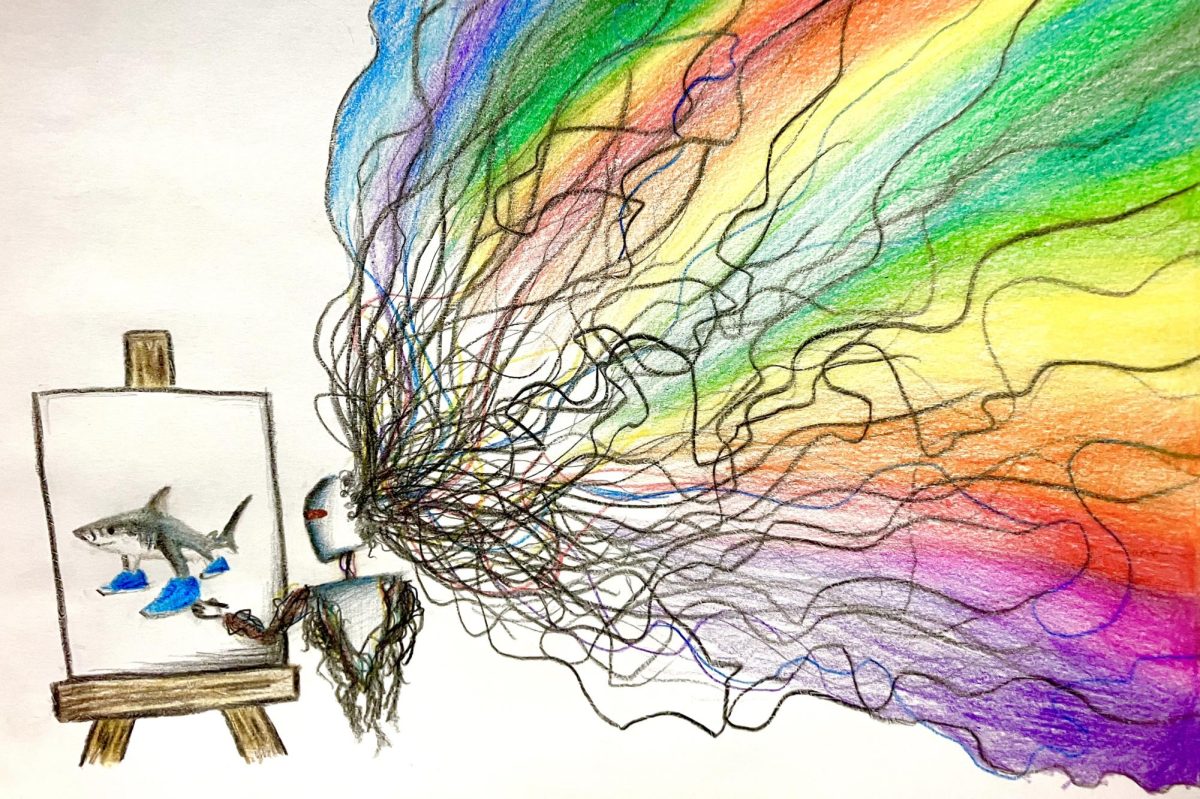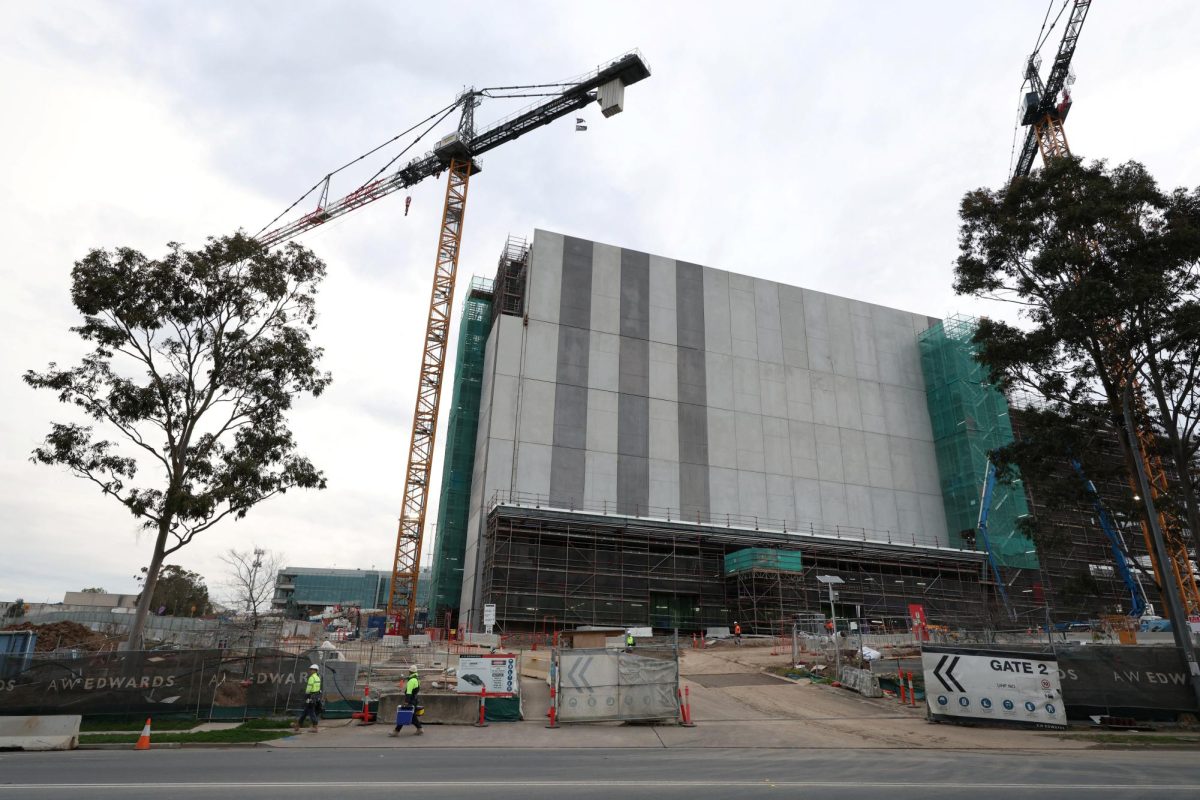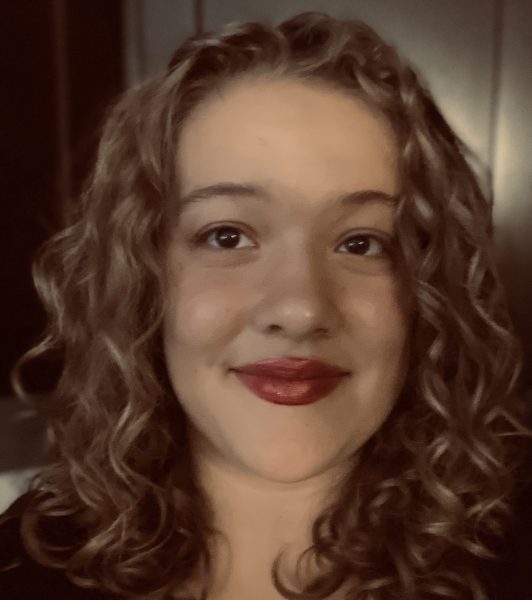Artificial intelligence is rapidly transforming daily life. From chatbots and CGI to social media and studying tools, its reach is undeniable. Yet amid this technological revolution, one question looms large: can art survive if machines begin to replace the artists who create it?
The rise of generative AI brings undeniable convenience—but it also poses profound risks. Beyond concerns about plagiarism and academic honesty lies a subtler, more dangerous threat: the erosion of imaginative innovation.
AI systems are trained on vast datasets of existing human work. Their creations are not born from lived experience or emotion but are collages of what humans have already made. Instead of crafting something truly new, these models remix fragments of past creativity into polished but hollow imitations.
Artists, by contrast, build upon one another’s ideas with intention and emotion. Allusion, influence, and inspiration in art involve empathy, study, and a deep personal understanding of another’s work. This process takes time, vulnerability, and genuine feeling—things an algorithm cannot replicate.
When AI generates “art,” it mass-produces what looks creative but feels empty. The results are often aesthetically pleasing yet emotionally sterile. Real artists do more than combine elements; they push boundaries, challenge conventions, and translate lived experience into visual form.
AI has no childhood, no memory, no pain, no joy. Without human experience, it can never truly create—it can only imitate.
So before we call a machine an “artist,” we must ask ourselves: if art no longer requires humanity, what will it still mean to create?


